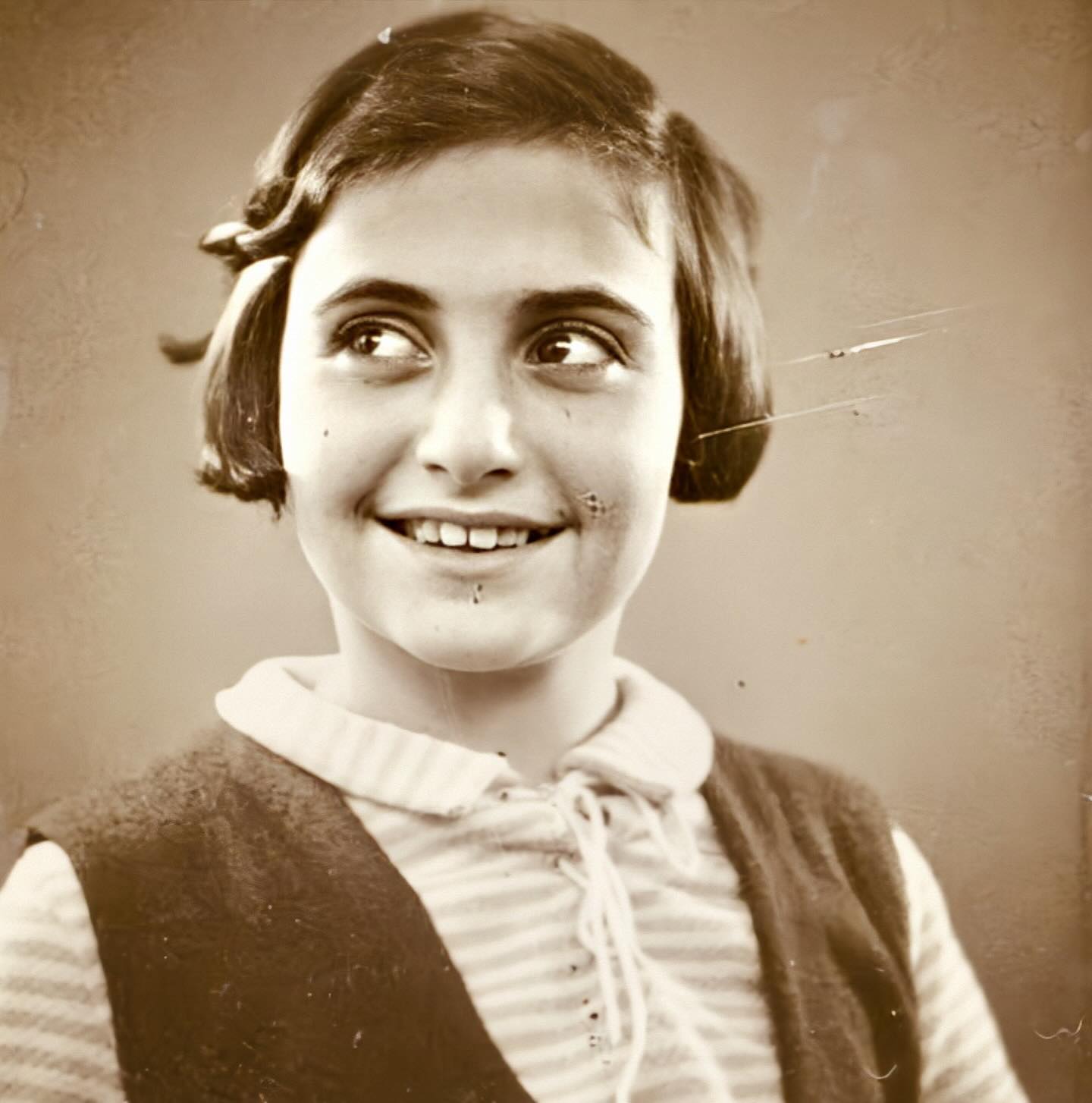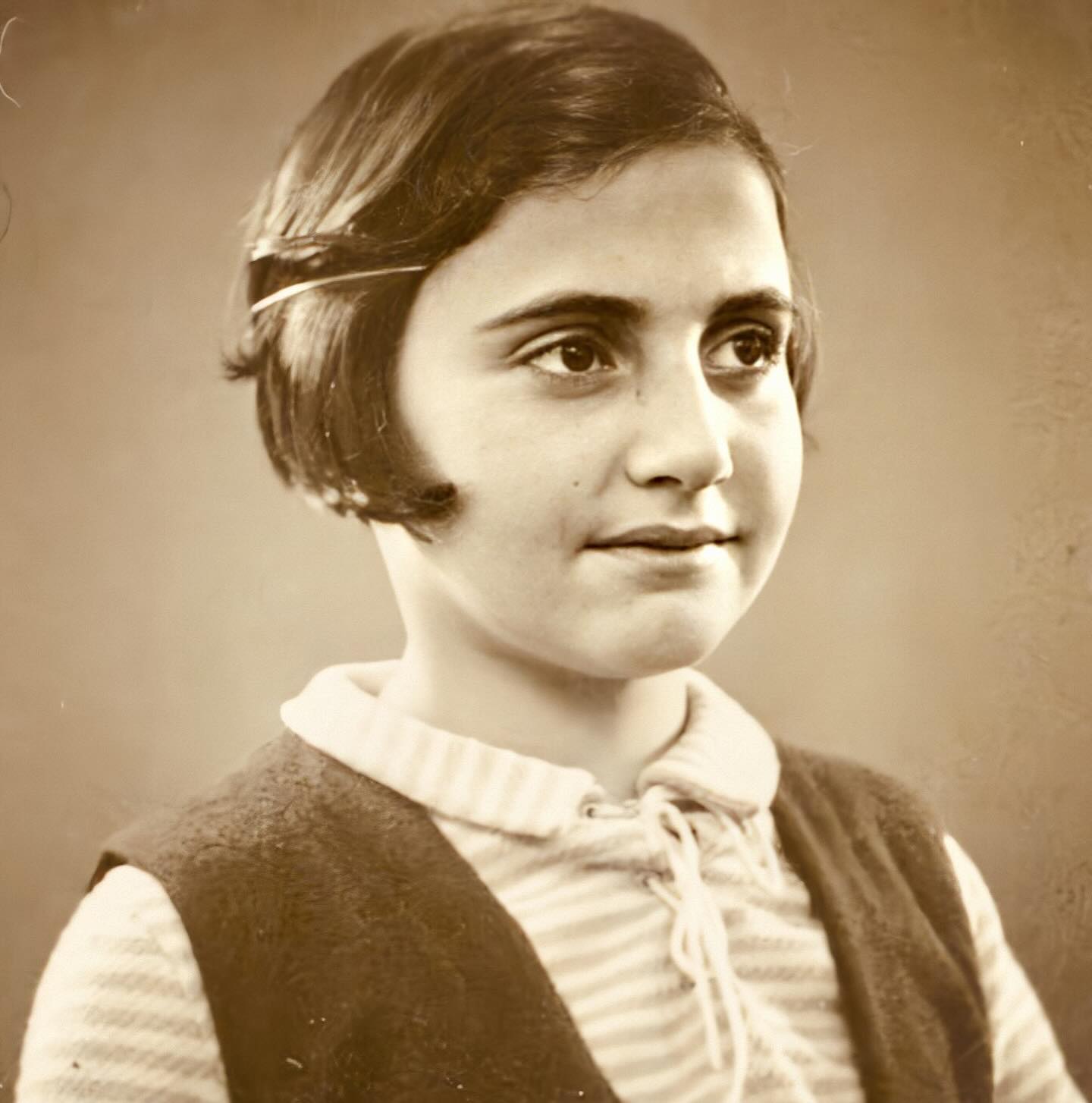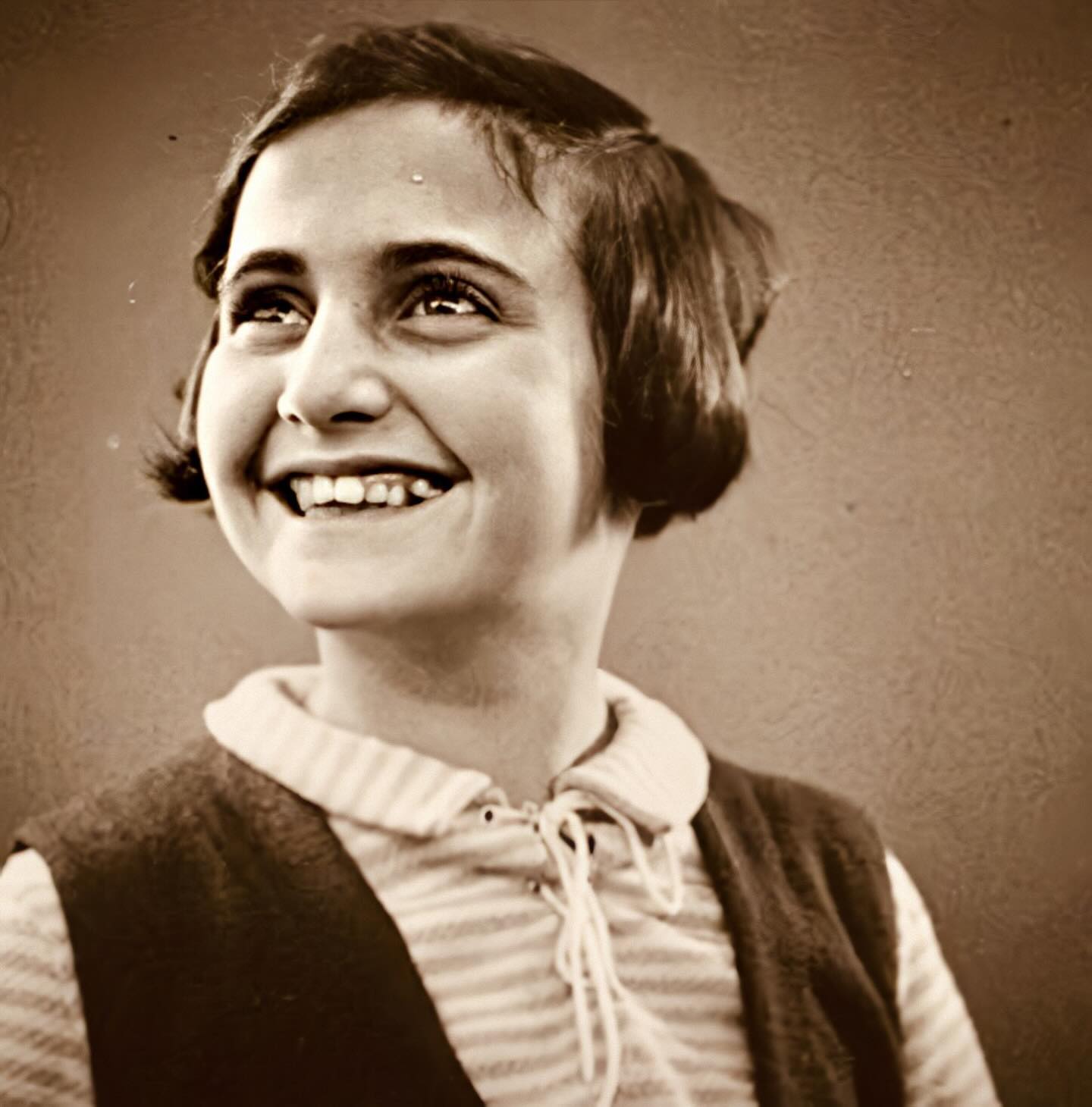The Quiet Change
In December 1940, Margot Frank wrote a letter to her grandmother that offers a quiet, poignant glimpse into her life. It’s a snapshot of a world that was still filled with familiar routines, even as it began to shift under the pressure of war. The letter perfectly captures the dual reality that the Frank family, and so many others, were living at the time.

On one hand, her life seems perfectly normal. The nights are dark, and she stays in, playing cards with their lodger, Mr. Wronker. The simple joy she expresses in visiting the Goslar’s baby, noting how the child is getting “sweeter and sweeter every day,” is a testament to the innocence that still existed. Saturdays are for shopping with her mother, a pre-Hanukkah tradition that she looks forward to. These details paint a picture of a life filled with simple, happy moments.
But interwoven with this normalcy are subtle signs of the encroaching darkness. Margot casually mentions that her school schedule has changed dramatically: classes are shorter, and they have no French or math teachers. These are not just inconveniences; they are direct consequences of the anti-Jewish measures that were quietly being implemented. The teachers she speaks of were likely dismissed from their positions for being Jewish.

Margot’s letter is a powerful document because it doesn’t dwell on the fear or the persecution. Instead, it focuses on her resilience and her ability to find joy in a world that was slowly being taken away from her. It reminds us that before the Frank family’s story became a tragedy, it was a story of a family and a young girl trying to live their lives as normally as they could.
